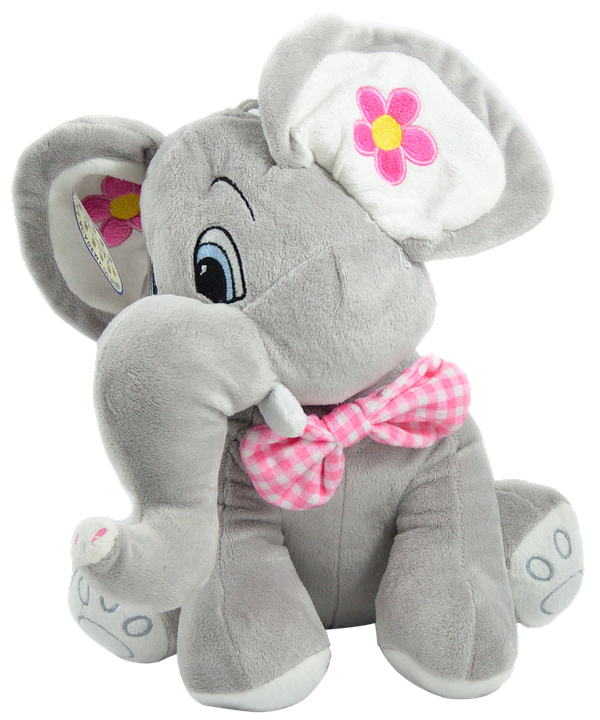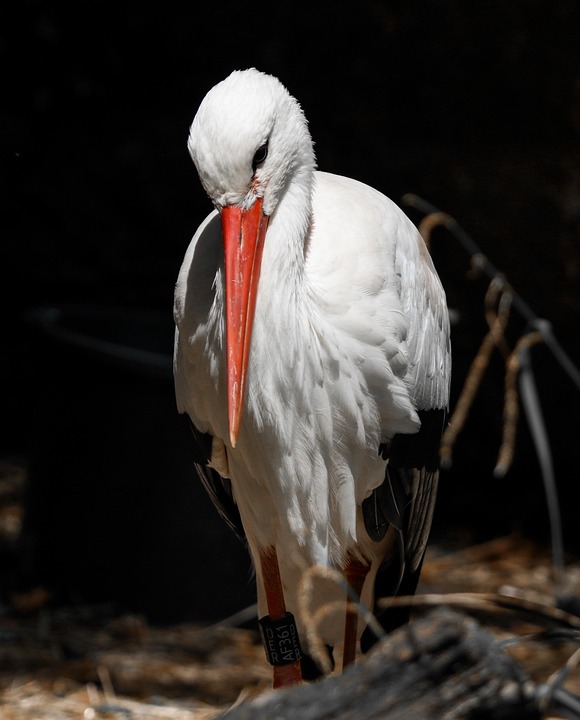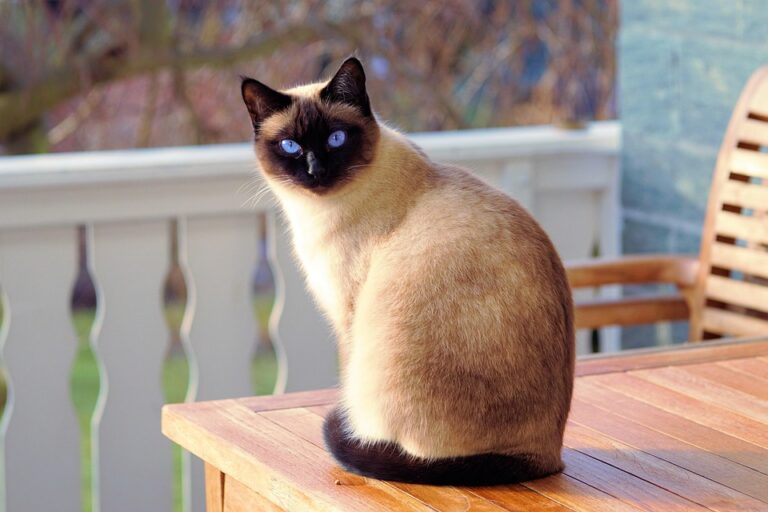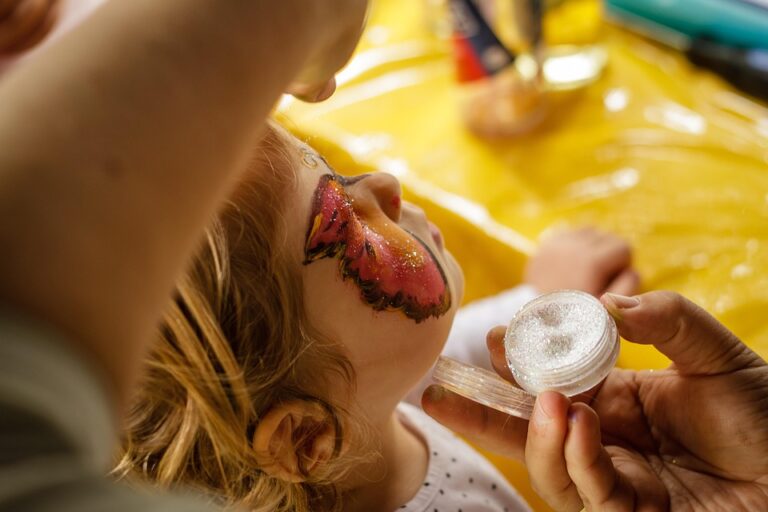
The Evolution of Stuffed Animals: A Journey Through History and Popular Brands
In the realm of childhood companions, few treasures hold as much sentimental value as stuffed animals. A curious blend of comfort and nostalgia, these plush creations have woven themselves into the very fabric of our lives. But how did these cuddly companions evolve into the beloved toys we know today?
1. A Historical Perspective: Origins and Innovations
To trace the lineage of stuffed animals, one must venture back to the late 19th century. The inception of the modern stuffed toy can be attributed to the industrial revolution, where mass production transformed the landscape of toy manufacturing. The first teddy bears, inspired by President Theodore Roosevelt’s bear-hunting escapade in 1902, marked a pivotal moment. Morris Michtom, a Russian immigrant, and his wife Rose created a plush bear, and the "Teddy Bear" phenomenon was born, captivating the hearts of children and adults alike.
However, it’s not merely the teddy bear that deserves recognition. The early 20th century witnessed the rise of other plush characters, like the whimsical creations of the Steiff company in Germany, whose button-in-ear philosophy guaranteed authenticity. Each piece was meticulously crafted, often leading to the question: what makes a stuffed animal truly special? Is it the craftsmanship, the story behind it, or the memories it evokes?
2. The Golden Age of Stuffed Toys
As we moved through the decades, the post-war era heralded a golden age for stuffed animals. The 1950s and 60s saw an explosion of creativity and variety. Brands like Gund and Hasbro introduced a plethora of characters, from whimsical monsters to beloved cartoon figures, thus broadening the appeal of plush toys. But this era was not without its controversies; the question of safety standards emerged, prompting regulatory changes that would ultimately enhance the quality and safety of stuffed animals.
Interestingly, the 1980s ushered in a wave of marketing genius with the introduction of collectible plush toys. Cabbage Patch Kids, with their unique identities and adoption certificates, ignited a frenzy, leaving parents scrambling for the latest release. This phenomenon raises an intriguing point: does the commercialisation of stuffed animals detract from their sentimental value, or does it simply reflect our evolving relationship with play?
3. Contemporary Trends: The Influence of Technology
Fast forward to the 21st century, and the landscape of stuffed animals has been irrevocably altered by technology. The advent of interactive toys has transformed the traditional concept of a stuffed animal into something more dynamic. Brands like FurReal Friends and Hatchimals have introduced elements of interactivity, allowing children to engage with their toys in unprecedented ways. Yet, this raises vital questions regarding the essence of play. Are children losing the ability to engage in imaginative play, or are they simply adapting to new forms of interaction?
Moreover, the rise of eco-consciousness has led to a burgeoning market for sustainable stuffed animals. Brands like Cuddle + Kind champion the cause of ethical production, offering handcrafted toys that not only delight but also support charitable initiatives. This shift suggests a deeper reflection of societal values—could it be that today’s consumers seek more than mere nostalgia in their purchases?
Embracing the Future of Cuddly Companions
As we look ahead, the future of stuffed animals appears bright, albeit complex. With the integration of augmented reality and artificial intelligence, the next generation of plush toys may redefine companionship, merging the physical and digital worlds. Yet, amid all these advancements, the fundamental allure of a stuffed animal remains unchanged—a source of comfort, a confidant, and a vessel for cherished memories.
In this ever-evolving landscape, BargainsTrust continues to bring you insightful selections of quality products, ensuring that whether for a child or a nostalgic adult, the joy of stuffed animals remains accessible to all.






